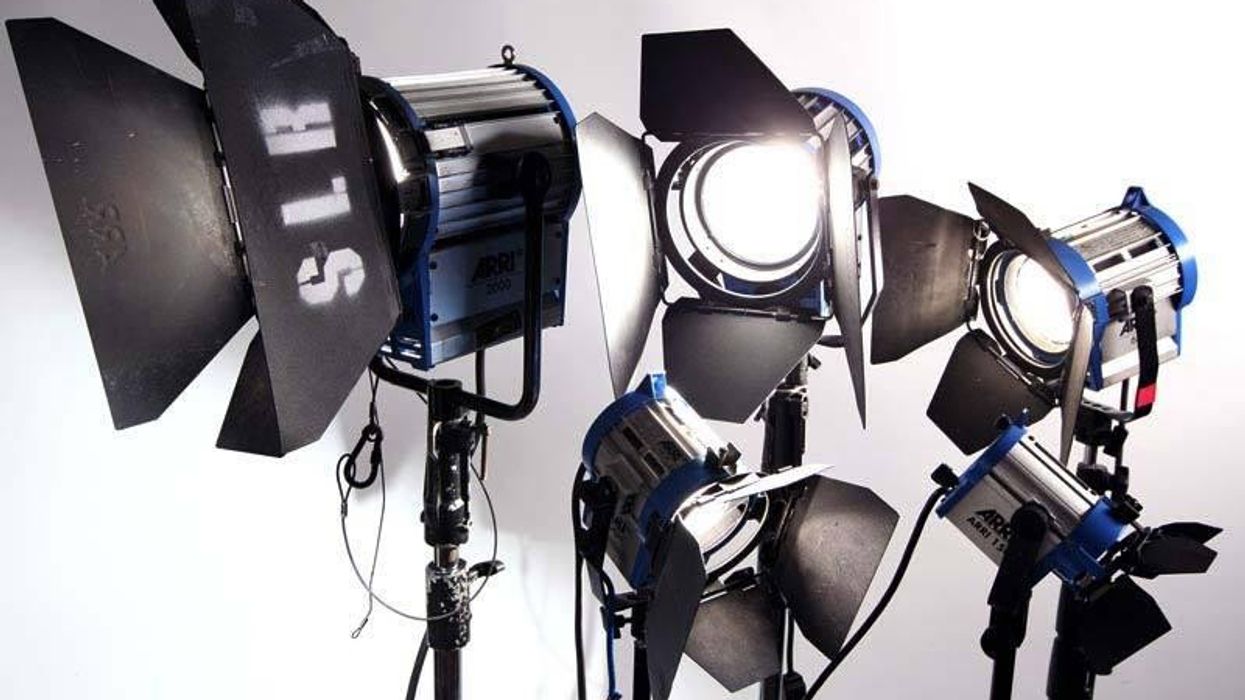Watch: Here's Everything You Need to Know About Working with Spotlights
Do you know your way around professional lighting units? You will after this.

Whether you're going to be working somewhere in a Hollywood lighting department or shooting a project with a skeleton crew in your backyard, you're going to want to know all you can about lighting—more specifically, the equipment—even more specifically, the lights—to be entirely and unquestionably specific, the spotlights. What are they? What types are there? How do you use them? Let DP Matthew Workman break it all down for you in this helpful video from Cinematography Database.
Some of you might have different definitions of what a spotlight actually is, but these are four types Workman talks about in the video:
- Fresnel Lights
- Open Face Lights
- Par Lights
- Ellipsoidal
Now, all of these do different things when it comes to shaping and emitting light, but, as Workman explains, think of all spotlights in terms of "cones of light," that is, a small "circle" of light that disperses into a larger "circle" (you know, like a cone). He goes on to explain a wide range of important terms and concepts, like how spotlights have an aperture (the opening where the light comes out), maximum/minimum "beam angle", flooding/spotting light, and how spotting (making the beam narrower) makes the light brighter—I mean, technically it's not brighter, it's just that the light is more concentrated, but—anyway.
Those are some of the basics you'll want to know before you start using spotlights, especially when you're renting equipment on a limited budget. You might want to consider the versatility of a specific light before you use it on your project—in other words, a light that has a high maximum and low minimum beam angle might be more beneficial if you don't have a whole lot of lights on hand and need something that can kind of "do it all."
Source: Cinematography Database














